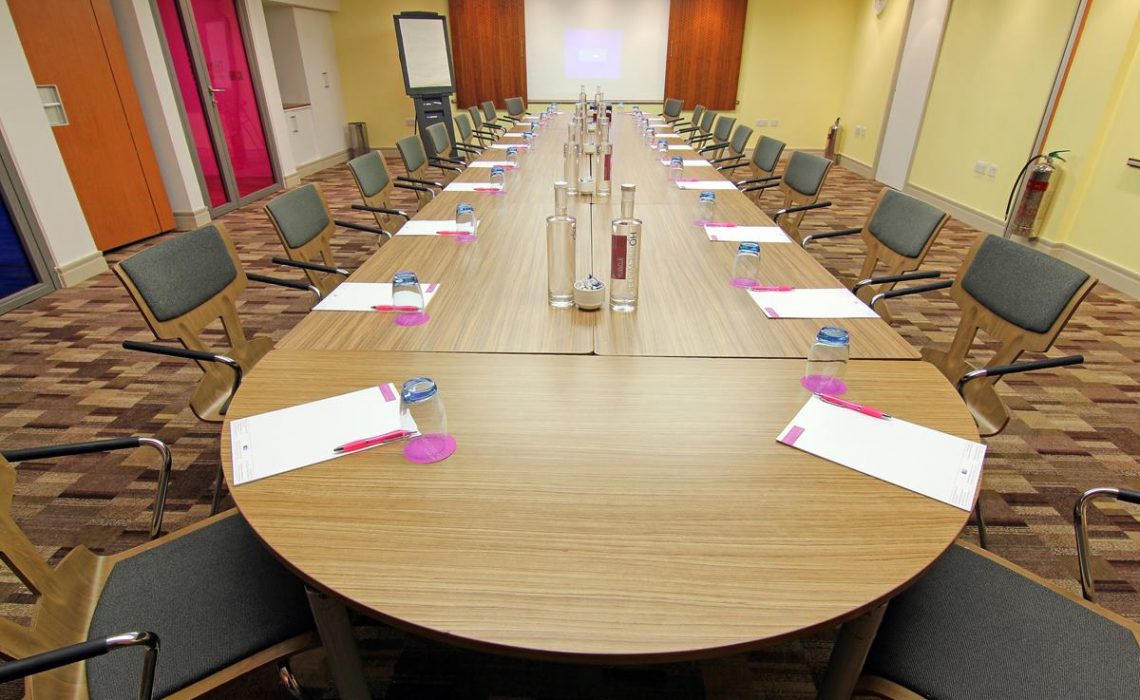
Many employees feel like meetings are the worst part of their day. Who can blame them? Most meetings consist of sitting around a long table with their peers in the single most boring room in existence.
However, entrepreneurs know that good meetings with a great staff can be the solution to many of life’s problems. Meetings give everyone a chance to connect, talk about the challenges they are facing in their own work and help generate solutions with the assistance of coworkers. They improve workflow and idea generation when they are done right, so we know businesses need meetings, but how do we make people want them? As with most things, the environment is key.
Here are 5 ways you can turn meeting rooms into dynamic, inspiring spaces where people can work together.
1. Comfortable Seating
When you set up your first office, the costs can add up quickly. Many offices decide to cut costs by purchasing terrible furniture for their meeting rooms. After all, they think, it’s not like anyone’s going to spend long lengths of time here!
Except, meetings are the time of day when you want everyone to be working to their full potential. When employees spend their time in a meeting thinking about how terribly long the meeting is and how uncomfortable they are, that’s not what you’re going to get.
2. Flexible Layouts
The image of a big, long conference table has been the centerpiece of meeting rooms in the media for a long time. However, this layout lacks flexibility.
Think about what you actually need for your meetings. Does anyone require a writing surface? If the answer is no, consider whether you need a table at all. If the answer is yes, consider smaller tables that can be used for more intimate meetings, then pushed together for larger ones.
3. Include Everyone (Whether They Like It Or Not)
The layout of a meeting room can severely affect who participates in meetings. When you improve your meeting room’s layout so that all seats are given equal attention and standing in relation to the focal point of a room, you can see results quickly. Keep in mind where the centre of the room’s attention is. If this focal point can be removed from one end of the room and placed in the centre, designing equal opportunity seating can be much easier.
4. Put Art EVERYWHERE
Art makes us think. Art is human beings recreating images and ideas with their own set of tools and perspectives. Is there anything else that makes us think and innovate like art does? The answer is no.
So surround your employees with art when you most need to spark their imaginations. It’s much harder to be bored and inattentive when surrounded by potential inspiration.
5. Display Your Values
This is the tricky part of any interior design, but it’s especially challenging when designing intellectual spaces. Most businesses have a good understanding of their own core values, though, and that’s a good start. Think of your business’ core values, and try to incorporate them into your meeting space through the art and furniture you choose. For instance, a company that sells tropical vacations won’t be served well by paintings of dim winter scenes. Remember, you want to inspire the people inside this room to actively engage with your company.
Visit this URL for professional meeting room bookings: http://www.servcorp.com.my/en/meeting-rooms/














